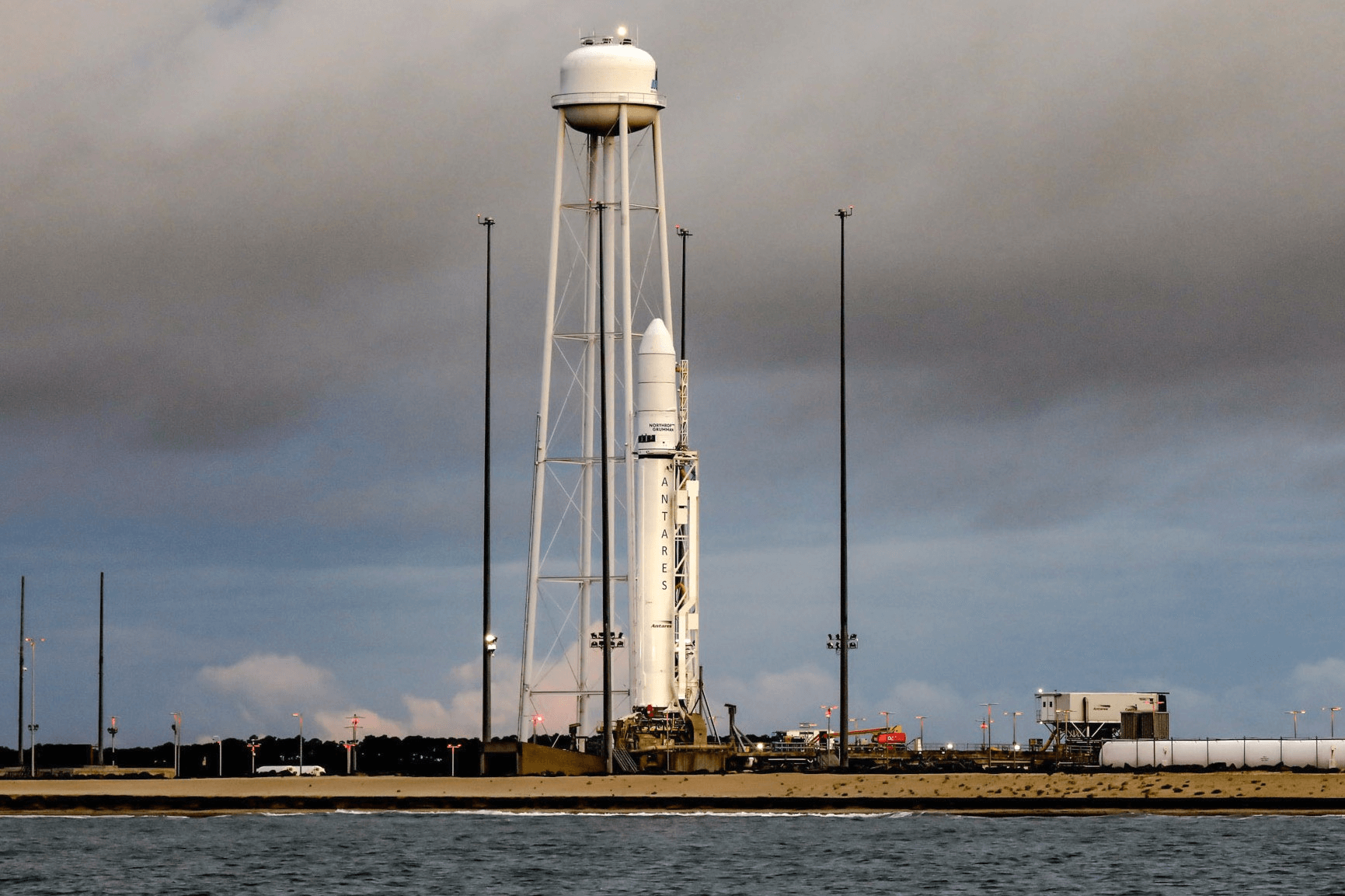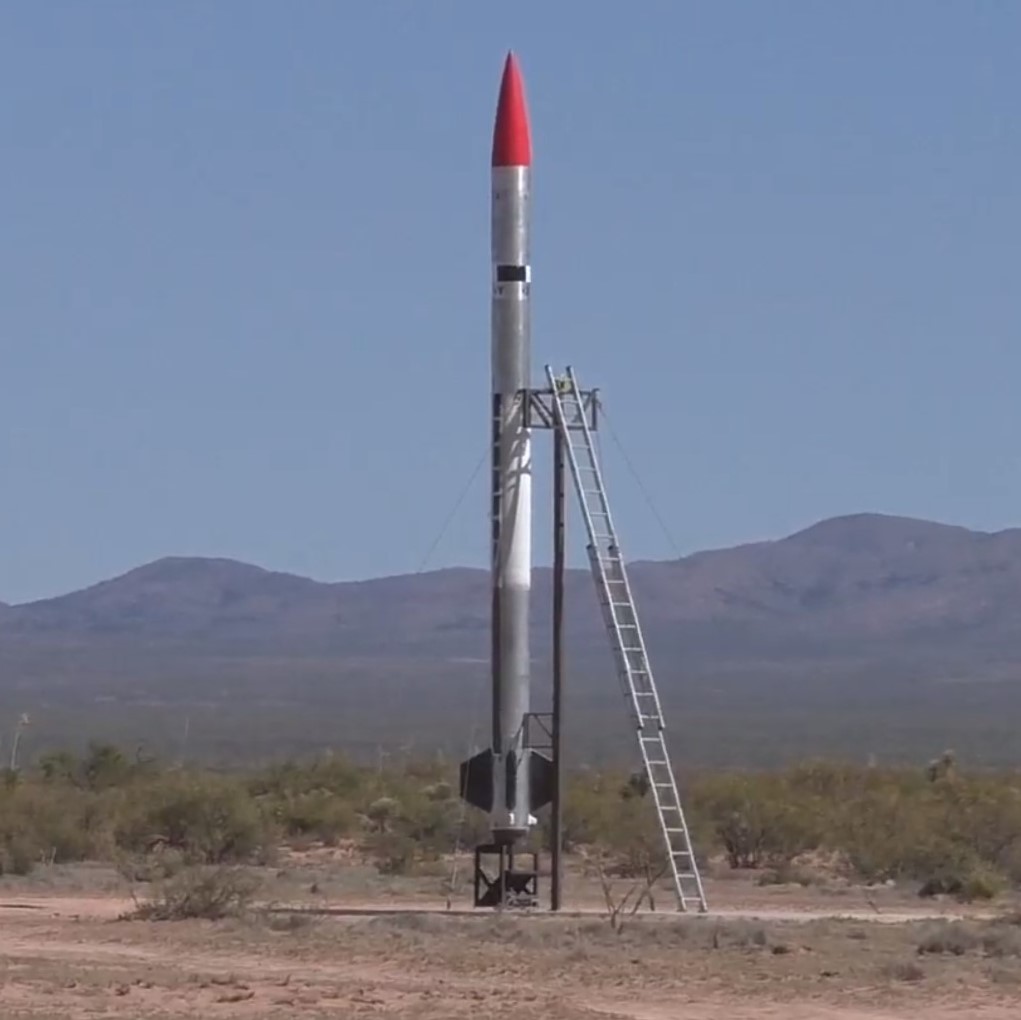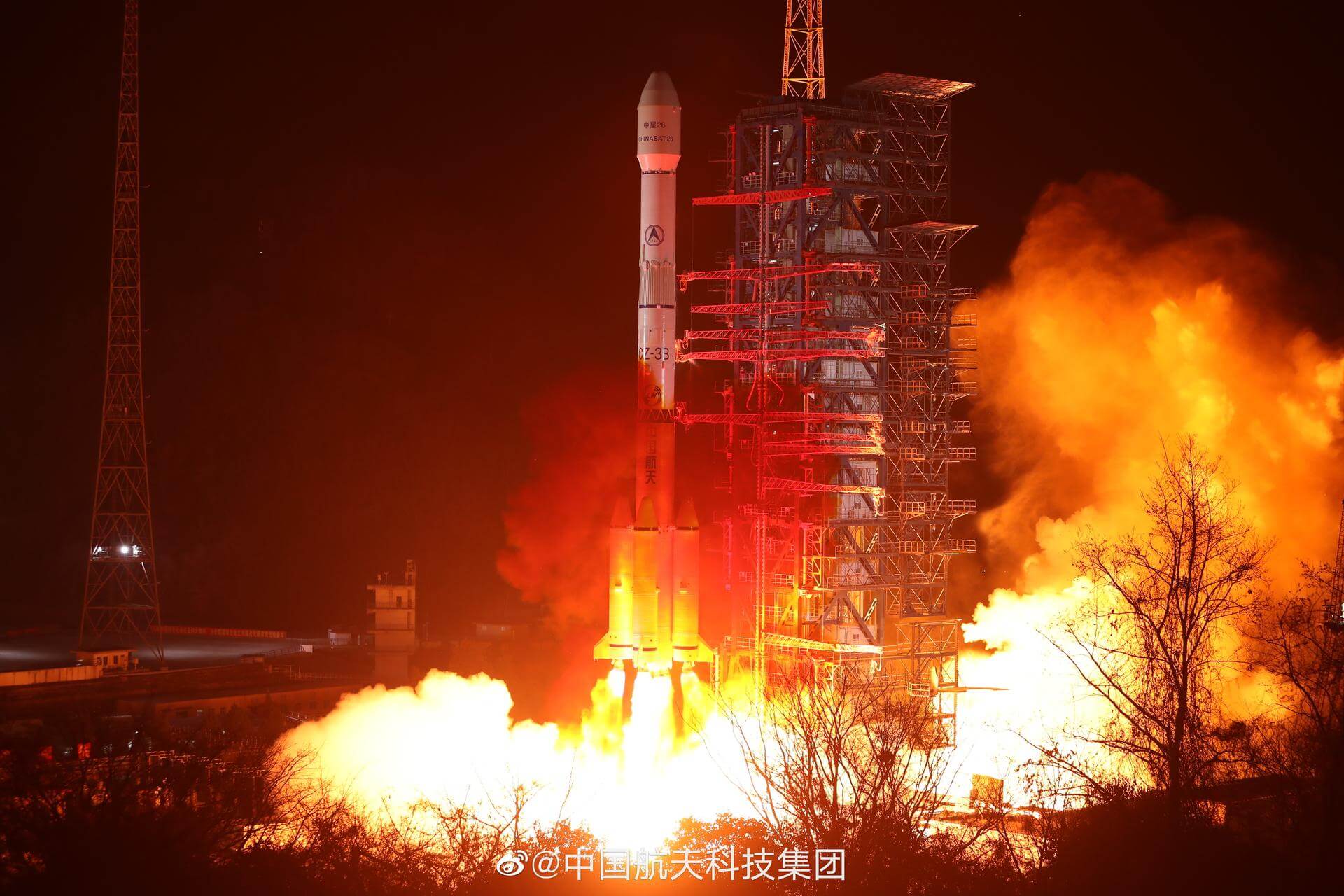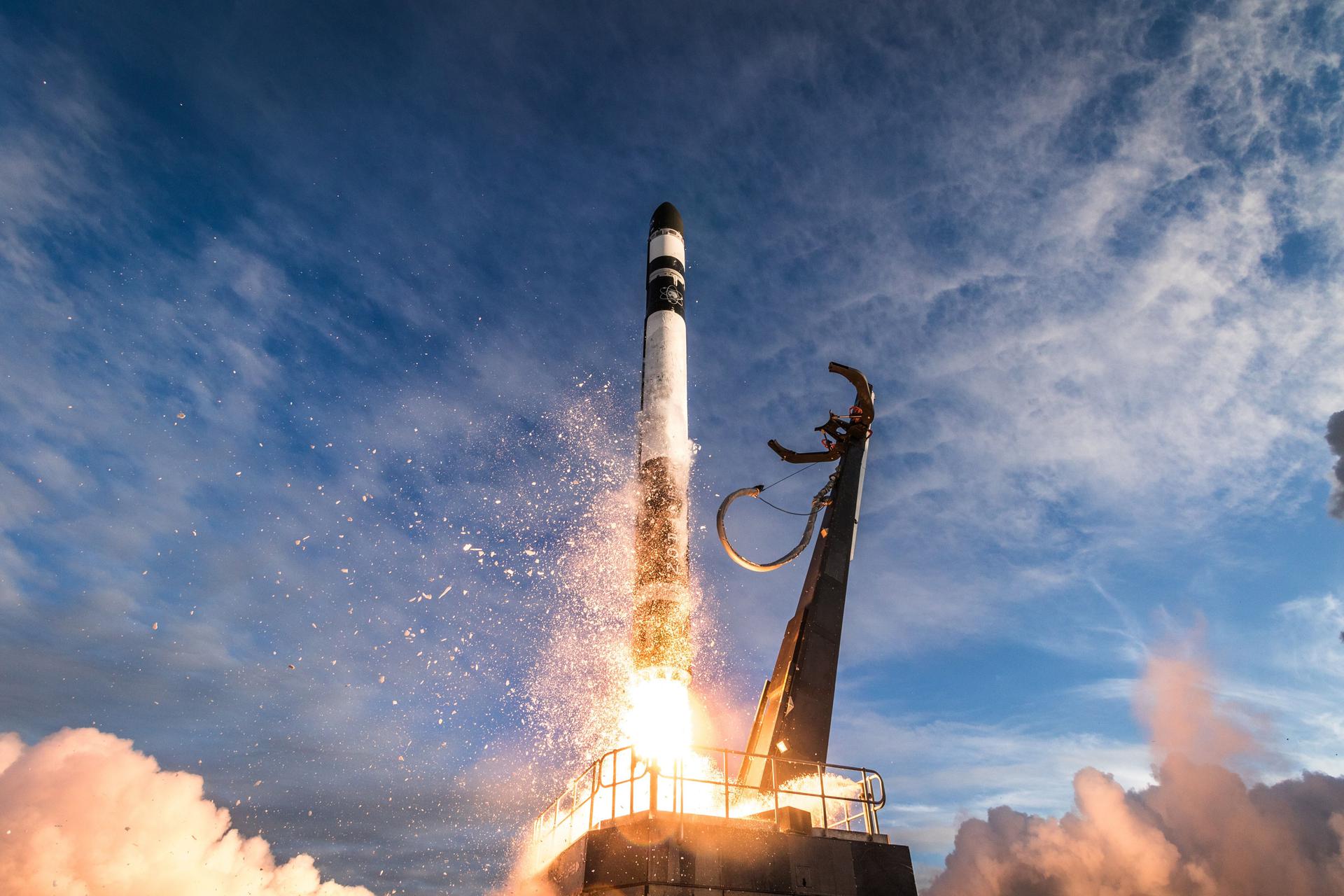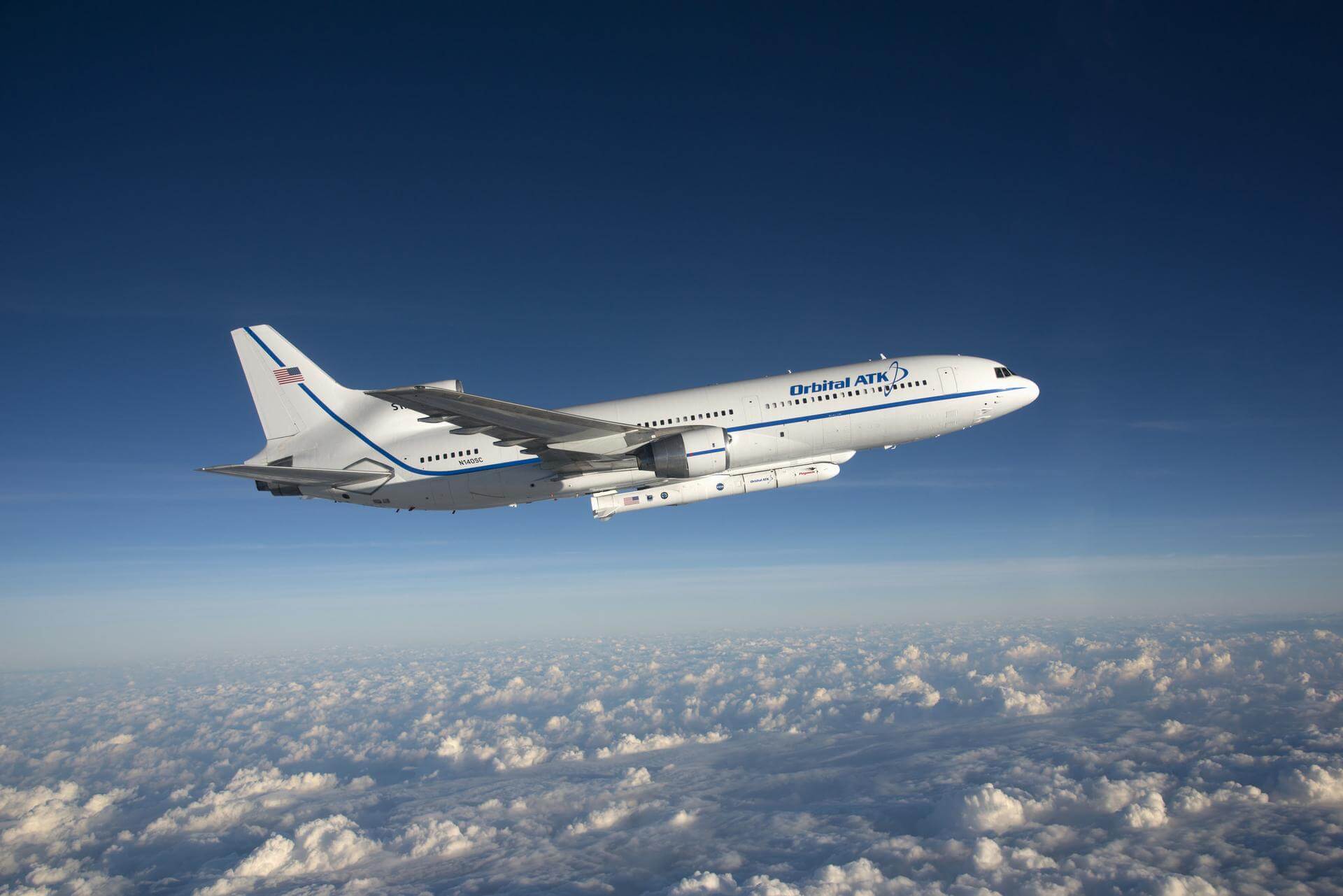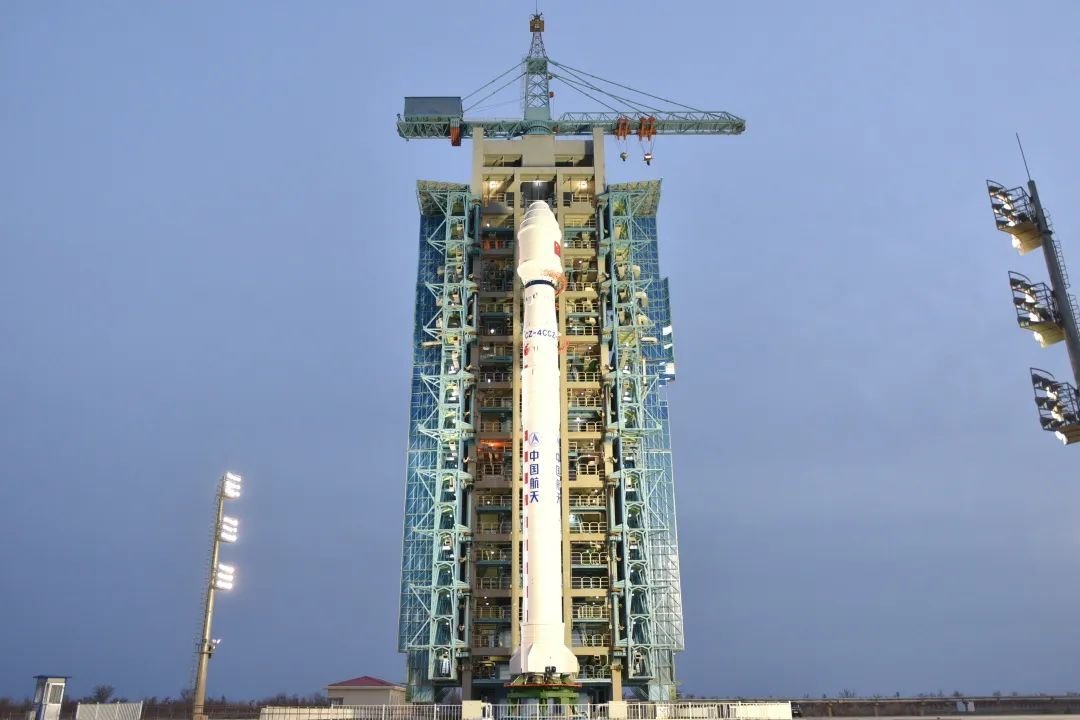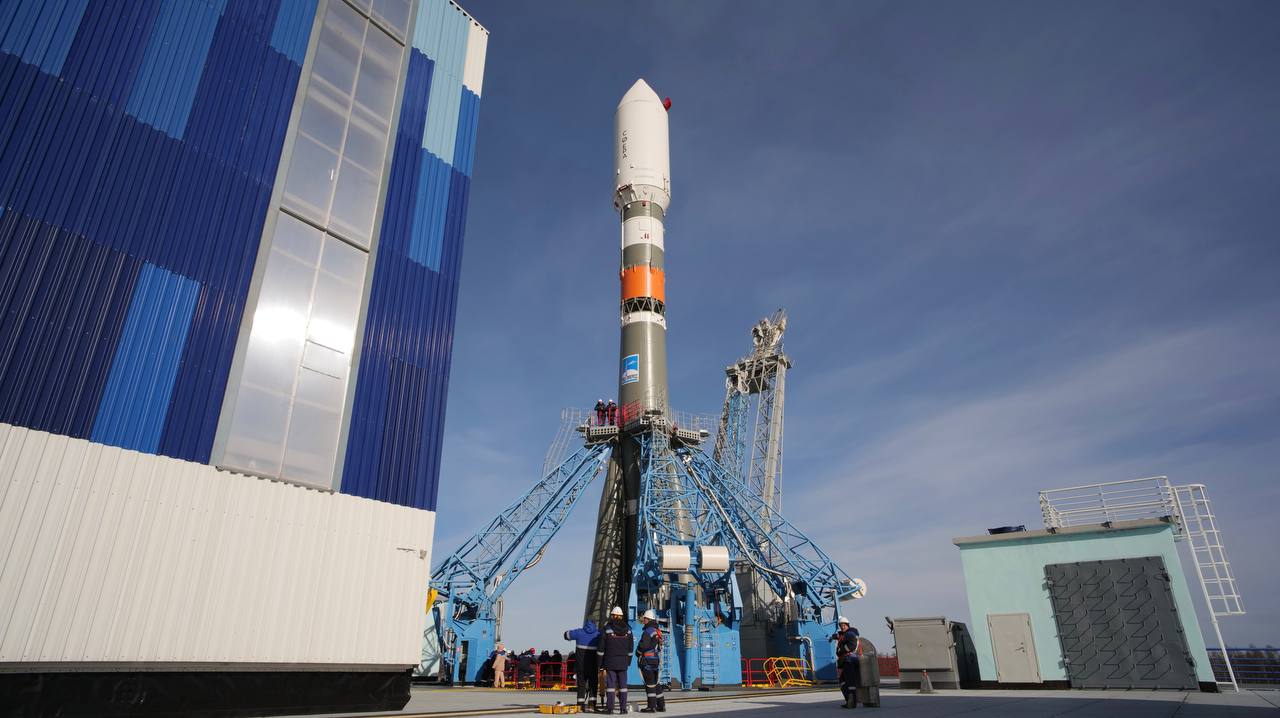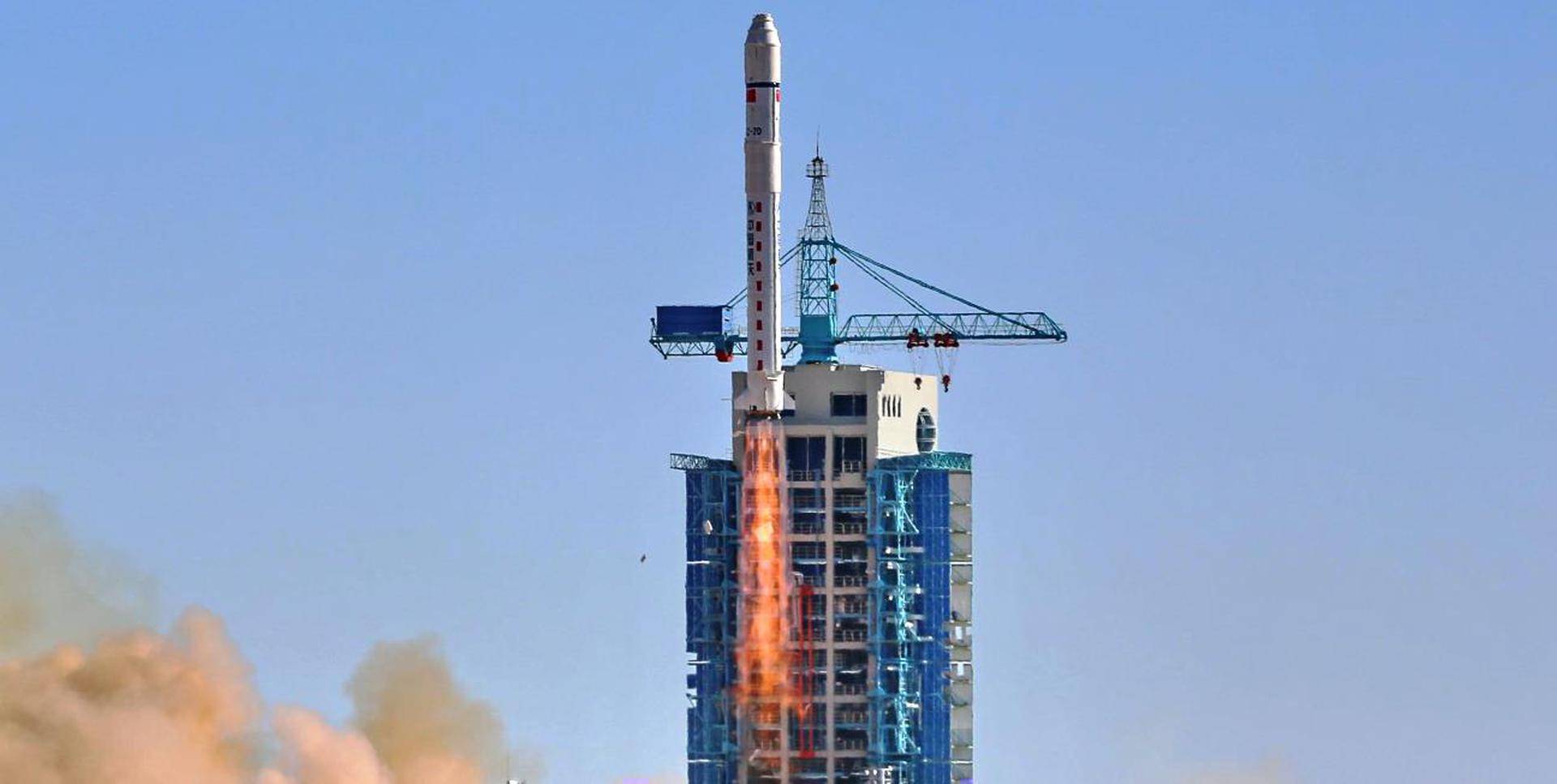Previous Spaceflight Launches
Filter by Agency, Locations or Vehicles
Show All LaunchesAntares 230+ | Cygnus CRS-2 NG-12 (S.S. Alan Bean)
Northrop Grumman Space Systems | United States of AmericaWallops Flight Facility, Virginia, USA
Nov. 2, 2019, 1:59 p.m.
SARGE | Launch 4
EXOS Aerospace | United States of AmericaSpaceport America, NM, USA
Oct. 26, 2019, 5:40 p.m.
Long March 3B/E | TJS-4 (TJSW-4)
China Aerospace Science and Technology Corporation | ChinaXichang Satellite Launch Center, People's Republic of China
Oct. 17, 2019, 3:21 p.m.
Electron | As The Crow Flies (Palisade)
Rocket Lab | United States of AmericaRocket Lab Launch Complex 1, Mahia Peninsula, New Zealand
Oct. 17, 2019, 1:22 a.m.
Status: Launch Successful
Mission:
Encapsulated in Electron's fairing will be a single spacecraft for Astro Digital, a California-based satellite manufacturer and operator. The Landmapper-BC remote sensing satellite features a broad coverage multispectral imaging system with a resolution of 22 meters per pixel. Eventually, Astro Digital plans to extend the Landmapper-BC constellation to capture daily, multispectral imagery of the world’s arable land. The mission is named 'As The Crow Flies' in a nod to Astro Digital's Corvus Platform, which provides flexible and cost-effective solutions across a wide range of applications and mission profiles on bus variants ranging from 6U and 16U CubeSats to ESPA Class. Corvus is also a widely-distributed genus of birds which includes crows.
Low Earth OrbitPegasus XL | Ionospheric Connection Explorer (ICON)
Orbital Sciences Corporation | United States of AmericaAir launch to orbit
Oct. 11, 2019, 2 a.m.
Proton-M/Briz-M | Eutelsat 5 West B & MEV-1
Khrunichev State Research and Production Space Center | RussiaBaikonur Cosmodrome, Republic of Kazakhstan
Oct. 9, 2019, 10:17 a.m.
Status: Launch Successful
Mission:
Eutelsat 5 West B will replace the Ku-band capacity of Eutelsat 5 West A (formerly Stellat 5) satellite, a key digital infrastructure addressing predominantly French, Italian and Algerian broadcast markets. Eutelsat 5 West B will provide business continuity and improved quality for these services via a Ku-band payload. The satellite is built on Orbital ATKs GEOStar-2e bus and carries 35 equivalent 36 MHz Ku-band transponders connected to three service areas. Switchable transponders will also increase commercial flexibility. Co-passenger on this flight will be provided Northrop Grumman Innovation Systems. MEV-1 (Mission Extension Vehicle-1) incorporates flight-proven technologies the company has used in its commercial satellite and space logistics businesses. After successfully completing a series of in-orbit tests, the MEV-1 will begin its mission extension service for Intelsat-901 satellite in the graveyard orbit. MEV-1 will relocate the satellite scheduled for the mission extension service, which is planned for a five-year period, after which Intelsat 901 will be place back into graveyard orbit. Intelsat will also have the option to service multiple satellites using the same MEV. MEV-1 is based on the company’s GEOStar-3 spacecraft bus platform. Controlled by the company’s satellite operations team, the MEV-1 uses a reliable, low-risk docking system that attaches to existing features on a customer’s satellite. The MEV-1 provides life-extending services by taking over the propulsion and attitude control functions. The vehicle has a 15-year design life with the ability to perform numerous dockings and undockings during its life span.
Geostationary Transfer OrbitLong March 4C | Gaofen-10R
China Aerospace Science and Technology Corporation | ChinaTaiyuan Satellite Launch Center, People's Republic of China
Oct. 4, 2019, 6:51 p.m.
Status: Launch Successful
Mission:
Gaofen is a series of civilian Earth observation satellites developed and launched for the China High-definition Earth Observation System (CHEOS), a state-sponsored programme aimed to develop a near-real time, all-weather, global surveillance network consisting of satellite, near-space (stratosphere) airships, and aerial observation platforms. Gaofen-10R is a replacement satellite for the one lost in a 2016 failed launch.
Sun-Synchronous OrbitSoyuz 2.1b/Fregat | EKS 3 (Tundra 3) (Kosmos 2541)
Progress Rocket Space Center | RussiaPlesetsk Cosmodrome, Russian Federation
Sept. 26, 2019, 7:46 a.m.
Soyuz-FG | Soyuz MS-15
Progress Rocket Space Center | RussiaBaikonur Cosmodrome, Republic of Kazakhstan
Sept. 25, 2019, 1:57 p.m.
Status: Launch Successful
Mission:
Soyuz MS-15 begins expedition 61 by carrying NASA astronaut Jessica Meir, Roscosmos cosmonaut Oleg Skripochka and United Arab Emirates’ Hazzaa Ali Almansoori, a Roscosmos spaceflight participant and first Emirati in space that will spend only 8 days aboard ISS before returning to Earth aboard a Soyuz MS-12.
Low Earth Orbit #SoyuzMS15Long March 2D | Yunhai-1-02
China Aerospace Science and Technology Corporation | ChinaJiuquan Satellite Launch Center, People's Republic of China
Sept. 25, 2019, 12:54 a.m.
Status: Launch Successful
Mission:
The Yunhai-1 satellite is designed for detecting environmental elements in the atmosphere and ocean, the space environment, disaster prevention and reduction, and scientific experimentation. It is made by the Shanghai Institute of Spaceflight Technology.
